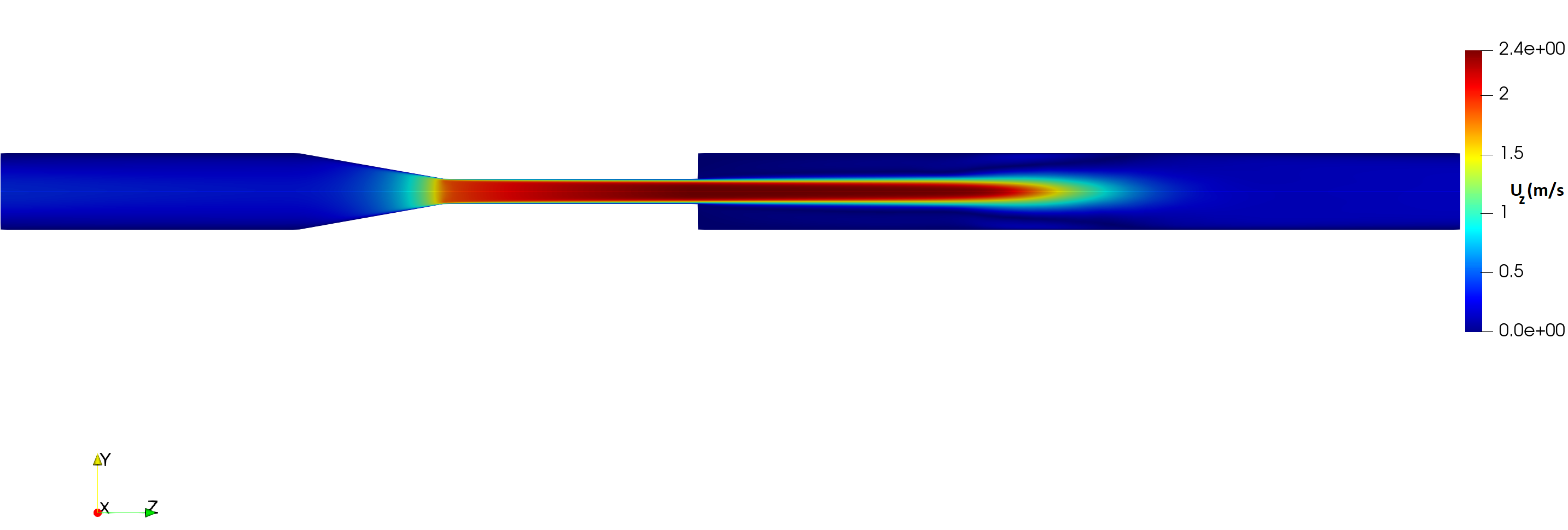The suppression of kidney stone crystallization/aggregation with designer microstructured biomaterials
Stenotic valves and vessels frequently cause abnormalities in the blood flow within the cardiovascular system, often leading to turbulent flow and pathological pressure drops. These pressure drops increase the heart workload and cause cardiovascular complications and mortality. Therefore, they serve as crucial indicators of stenosis severity within the cardiovascular system.
Although directly measuring the pressure drop with an intravascular pressure catheter is the most accurate approach, catheterization should only be considered if non-invasive methods are unavailable. As a result, the non-invasive Doppler echocardiography technique is the popular choice for estimating the pressure drop. The approach employs the simplified Bernoulli equation. However, this simplification operates under the assumption of inviscid flow. Consequently, the simplified Bernoulli equation may overstate the actual irreversible pressure drop by disregarding pressure recovery in the area after constriction. Furthermore, it might underestimate the correct pressure difference by failing to consider flow fluctuations, like the acceleration of blood flow. This project explores ways to enhance non-invasive pressure gradient estimations through a combined approach involving advanced experimental techniques, such as magnetic resonance imaging (MRI) and particle image velocimetry (PIV), and computational techniques, such as computational fluid dynamics (CFD).
To accurately measure pressure drops, experiments and simulations will be performed on typical stenosis cases, such as an eccentric stenotic tube with varying stenosis severity, and on realistic geometries of blood vessels or cardiac valves. The primary objectives include estimating pressure drops by examining turbulent flows and their characteristics. To achieve this, three-dimensional phase-contrast magnetic resonance imaging, commonly referred to as 4D Flow MRI, will be utilized. This technique proves invaluable in gaining a comprehensive insight into complex pathologies. For instance, it can serve as an alternative metric for forecasting the irreversible pressure drop across stenosis by approximating the overall turbulent kinetic energy (TKE), which aligns with turbulent energy dissipation and the ensuing pressure loss.
Chair:
Complex Fluid Processing
Involved People:
Prof, Johan padding
Dr. Willian Hogendoorn
Ali Amiri
Selene Priola
